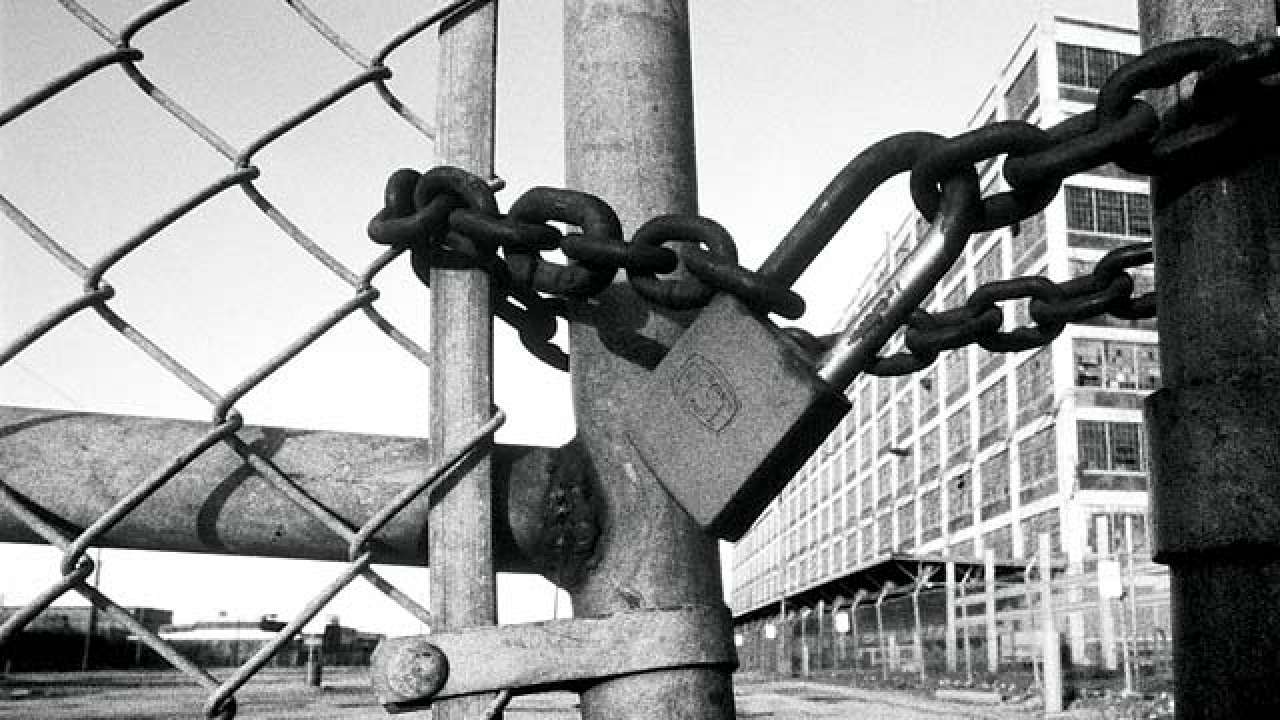
Latest estimates suggest that the Non-Performing Assets (NPA) in the Indian banking system have crossed the Rs 10-lakh crore mark. These NPAs have been building up since the sub-prime crisis hit the US main shore in the second half of the last decade. The economic ripples of the recession that followed were felt far and wide, and the economies of a number of European countries were left grappling with the enormity of the crisis. Global manufacturing output shrunk, GDPs of many developed economies collapsed and workforce in many, if not most, European nations shrivelled. India, surprisingly, remained relatively unharmed. Many put it down to the resilience of the economy informed as it was and still is with a preponderant informal sector.
While facts do bear out the truth of this dynamic, it is only one part of the larger picture and not the complete picture. Post-2008, a number of toxic loan accounts were stealthily being hidden by banks — be it public sector banks or private banks — for fear of shareholders’ disapproval and to avoid tackling head-on the debilitating proportions of the crisis at hand.
However, with former RBI governor Raghuram Rajan, at the helm, the RBI instituted a rigorous Asset Quality Review (AQR) exercise and a can of worms was opened, with which the banks still have their hands full. Soon enough, the government also kicked into action and last December, the Insolvency and Bankruptcy Code (Code) became operational to help banks’ management deal with companies and promoters that were gaming the system for its loopholes. With the Cabinet clearing an ordinance meant for amending the code, a strong signal has been sent to a number of promoters who are keen on taking control of their own firms via shell companies while banks are left in the lurch with little option but to suffer massive haircuts.
The case of Synergies Dooray still serves as an illustrative example of how a related party of an indebted company can manage to zero in on and exploit the loopholes in the Code. With the Ordinance, the government has taken the first step forward towards plugging this loophole. The Ordinance is aimed at scuttling promoters bids aimed at regaining control of their companies. The Cabinet also realised that in the present matrix, there are no curbs on promoters bids that would hold up to a sustained legal examination. The Ordinance remedies this situation. Reportedly, a new aspect has been introduced in the Ordinance which mandates personnel who are ineligible to be considered as “Resolution Applicants”.
Wilful defaulters, insolvents who have not been discharged, directors who have been disqualified or company officials who have “indulged in preferential transactions” or persons convicted of fraud will not be allowed to be a part of the resolution proceedings. Going forward the Ordinance must be laid before Parliament and a kosher law must be legislated and implemented that comprehensively delineates a detailed mechanism.